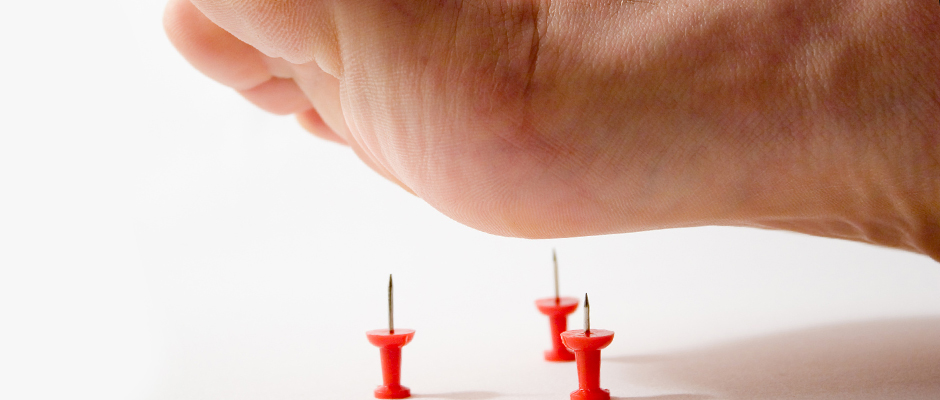Definition: damage to the nerves outside of the brain and spinal cord (peripheral nervous system) that causes pain, numbness, tingling and/or muscle weakness in the extremities (feet and legs, hands and arms)

Diabetic neuropathy is nerve damage caused by diabetes. Peripheral neuropathy describes damage to the nerves outside of the brain and spinal cord, therefore the arms, hands, legs and feet. Diabetic peripheral neuropathy describes nerve damage to the peripheral nervous system as a complication of diabetes (high blood sugar levels).
Diabetic neuropathy affects 3 different groups of nerves:
What causes Diabetic Peripheral Neuropathy?
Diabetic peripheral neuropathy is commonly seen in patients with poorly managed diabetes. Peripheral nerve damage may also be seen in patients with well managed diabetes. It has been proposed that nerve damage may be caused by high blood sugar levels and decreased blood flow.
How do you diagnose Diabetic Peripheral Neuropathy?
David Allison can diagnose diabetic peripheral neuropathy by obtaining a thorough patient history and history of symptoms as well as performing a comprehensive diabetic foot exam.
This in-office exam consists of a skin examination of the feet and legs, assessment of the patient’s ability to feel light touch and vibration and testing the patient’s reflexes. If necessary, additional neurological tests may be ordered through your family physician.
Can you treat Diabetic Peripheral Neuropathy?
The first step in treating diabetic peripheral neuropathy is controlling your blood sugar levels. Well managed diabetes can help reduce many symptoms associated with diabetic peripheral neuropathy.
Medications are available by prescription from your family physician to help relieve some symptoms such as tingling or burning.
Some physical therapy, such as laser therapy or ultrasound, may help reduce some of the symptoms associated with diabetic neuropathy.
Can I prevent Diabetic Peripheral Neuropathy?
There is no sure way to prevent diabetic peripheral neuropathy or its associated complications but there are a few ways to minimize the risk of development:

